Best photo editor 2021: 10 options to kickstart your creativity
If you’re hunting for the best photo editor software of 2020 – you’ve come to the right place.
Photo editors have become increasingly common, especially on mobile devices for the basic editing of photos. However, if you’re a design professional you’ll need the best photo editor software, which means something far more advanced than most general users will normally use.
There are a number of professional photo editing suites available, and Photoshop has long been seen as the market leader. However, while Photoshop offers a comprehensive set of tools for photo manipulation, it doesn’t offer other features such as cataloging your image library of feed your creative ideas, which other packages may offer.
Additionally, Photoshop is no longer so much of a standalone tool kit but part of a wider creative cloud offering bundled with other Adobe products as well. Meanwhile, competitors have created alternatives that can deliver better tools, better organisation, better inspiration or just better value.
Our list of the best photo editor choices are not in any particular order, since each program has its own strengths, so make sure you keep going to the end of the list, because there’s something here for everyone.
However, we don’t think you’ll stop with just the best photo editor, but will also need other software tools and hardware to help you. So you might also want to check out the following guides too:
In the meantime, here are the best photo editor options we think are currently available.
Best photo editor 2020 – at a glance
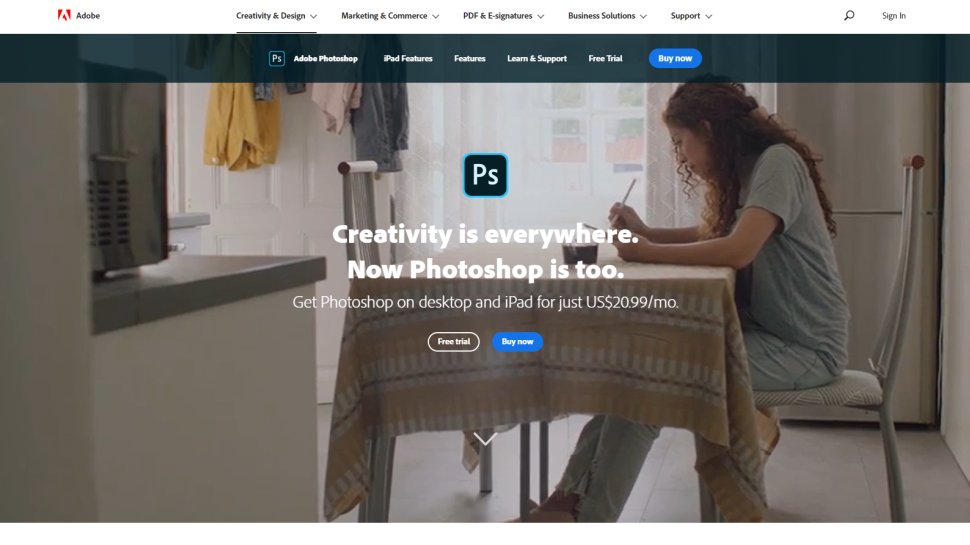
Photoshop is still the go-to image-editing tool for artists, illustrators and designers. Photoshop’s layering, masking and retouching tools are still the standard by which all others are judged, but it’s designed for painstaking work on single images, or multi-layer composites, rather than quick day-to-day editing.
However, rather than a standalone platform, these days it’s available through the Adobe Cloud photography plan, which offers Lightroom as an additional option. Both work well together, with Photoshop handling complex layers-based image manipulation while Lightroom takes care of takes care of organizing and enhancing your photos.
Adobe’s Photography Plan offers great tools with good value and takes some beating. For many, though, the idea of paying a subscription to use software is just too much to swallow, which is why we’re going to move swiftly on to the rest of our list.
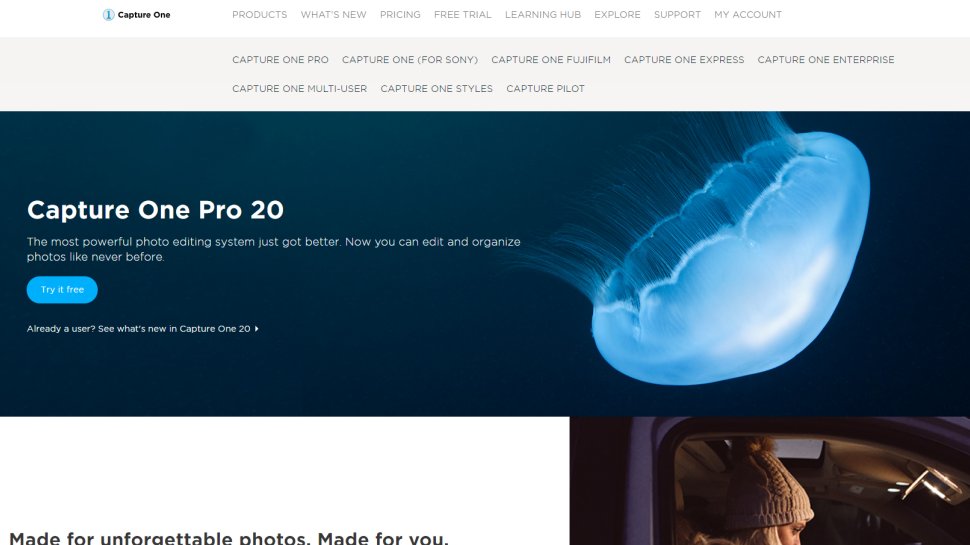
Capture One Pro covers almost exactly the same territory as Adobe Lightroom Classic, offering cataloging tools, seamless raw processing, manual image enhancement tools alongside preset effects and a non-destructive workflow that means you can revisit your adjustments at any time.
Its raw conversions are sharper and less noisy than Adobe’s, but it doesn’t support such a wide range of camera raw formats or as large a number of lens correction profiles. It doesn’t have Adobe’s mobile apps and online synchronization options either, but it does offer professional-grade ‘tethering’ tools for studio photographers capturing images via a computer.
Capture One Pro also has a better system for applying local adjustments, using adjustment layers and masks. It’s expensive, but very, very good.

Serif built its reputation off the back of low-cost Windows versions of professional graphics tools, but with its new Affinity line it’s shaken off its budget past for good.
Affinity Photo might have a budget price, but it’s a full-on, full-powered Photoshop rival for professionals, that can even teach its Adobe equivalent a trick or two. Its layering, masking and retouching tools are as powerful as Photoshop’s, its filter effects can be applied ‘live’ and its HDR tone mapping and workspace tools are excellent.
Like Photoshop, though, it’s focused solely on in-depth, technical image manipulation. It doesn’t have its own browsing and cataloguing tools and it doesn’t do instant preset effects. Affinity Photo will bring the tools, but you have to bring the vision.
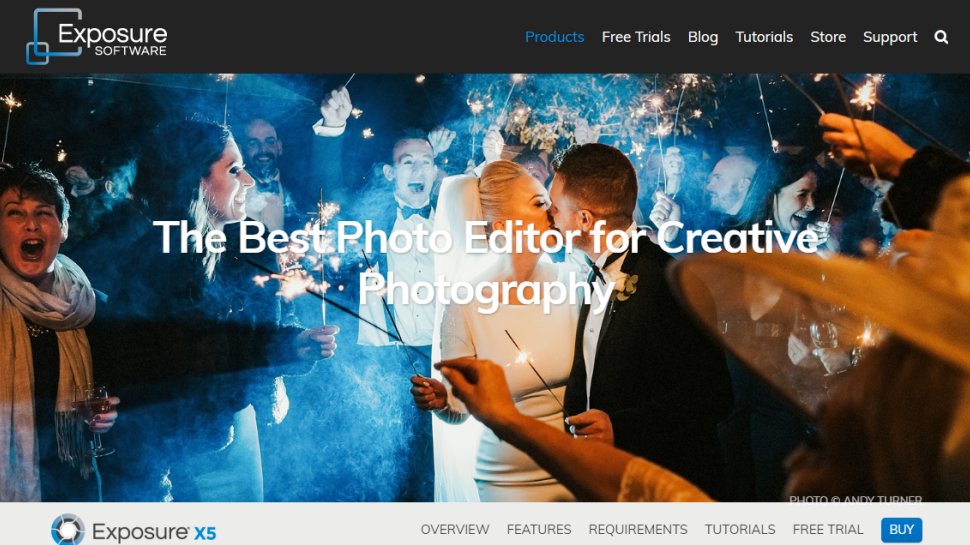
Exposure X5 offers blends old analog ‘looks’ with contemporary photo enhancement tools. It has a large catalog of antique and modern film effects that simulate fading, cross processing, grain, light leaks, vignetting, borders and a whole range of traditional films and processing techniques.
These are all built using tools that can also be used for regular image enhancements, including curves, color adjustments and more. But while it offers adjustment layers for ’stacking’ and blending corrections, you can’t combine images.
What you do get, though, is a fast and effective folder-browsing system for organizing your photos with all the power of filtering and keyword searches without the fuss of importing them into a catalog.
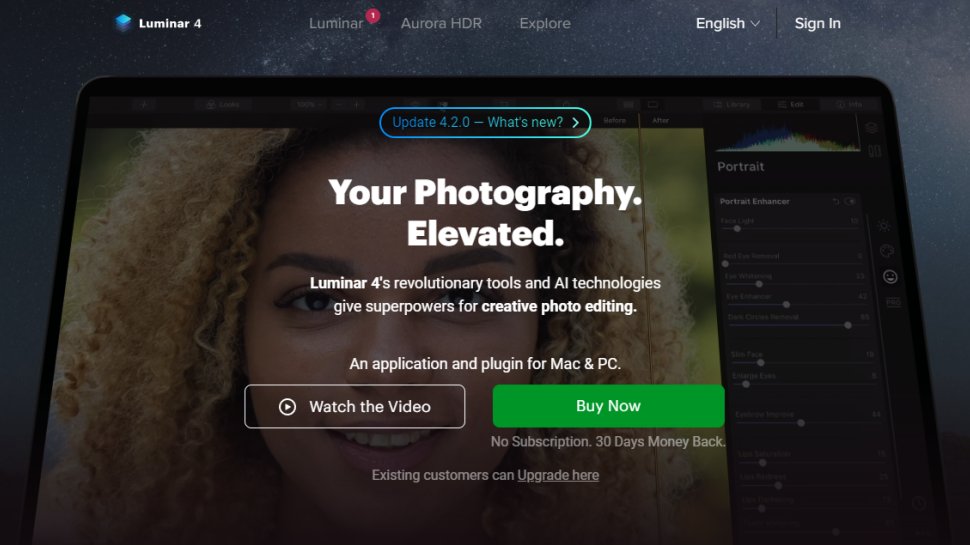
Luminar takes an interesting approach to photo editing, offering a collection of preset effects organised into categories for those who just want to apply an instant ‘look’. These are made using a collection of filters which you can combine at will to create presets of your own. It also introduces the idea of custom workspaces which you can set up for specific image types, like Black and White or Portraits.
The raw conversions don’t quite match the quality of the big three – Adobe Capture One, DxO – but they do the job and they’re backed up by some great editing tools. Luminar supports both adjustment layers and image layers, so you can create Photoshop-style composite images.
The big news is that Luminar offers image cataloging tools via Libraries and fully non-destructive editing so that you can go back and change any edit, any time.

ON1 Photo RAW started out as ON1 Perfect Suite and has quickly evolved into a more modern, integrated program rather than a collection of plug-ins.
It can still work as a plug-in for Lightroom and Photoshop, where you can browse the huge library of preset effects and manual adjustment filters to create ‘looks’ that the host programs can’t, but ON1 Photo RAW also works as a standalone program, complete with its own image browsing/cataloging tools.
In fact, this could be the only photo editing tool you’ll ever need – though the interface text is quite small and the raw conversions don’t match the quality you get from Capture One and DxO PhotoLab.
For power, value and spectacle, though, ON1 Photo RAW is terrific, and recent versions have added AI-powered image masking and cutouts.
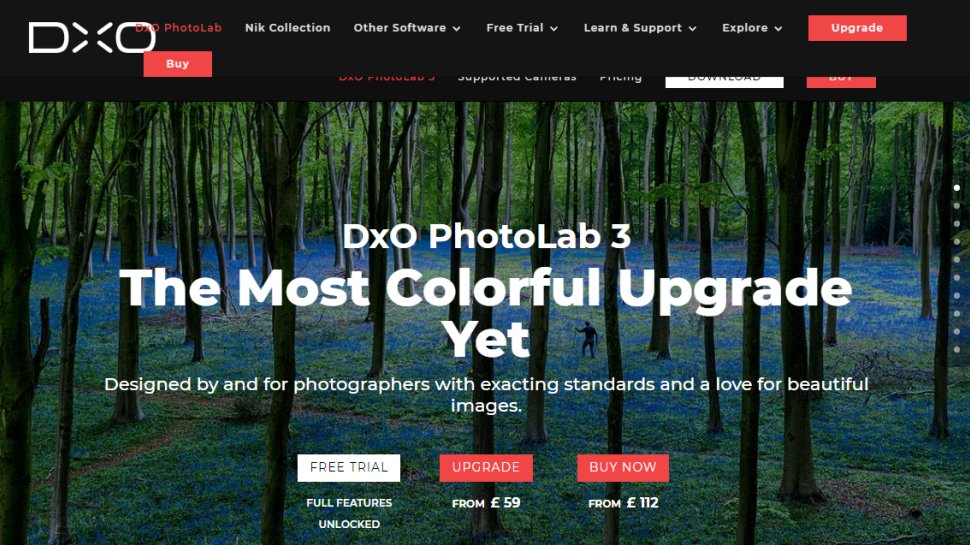
DxO Optics Pro, famous for its lab-derived lens correction profiles and awesome raw conversions, has evolved. DxO previously bought the Google Nik Collection and integrated the control point adjustment tools to bring out PhotoLab.
The big difference between PhotoLab and Optics Pro is that you can now apply powerful localized adjustments to your images. PhotoLab doesn’t have its own cataloging tools, though it does have a basic folder browser, and to get the full benefit of its raw tools, perspective corrections (DxO ViewPoint) and film ‘looks’ (DxO FilmPack) you need to pay extra.
It doesn’t support Fujifilm X-Trans files, either. PhotoLab’s raw conversions and lens corrections are, however, quite sublime.There is also a ‘PhotoLibrary’ feature with an autofill search tool, but this feature still feels fairly limited.
- We’ve also featured the best photo scanners and the best way to backup photos.



